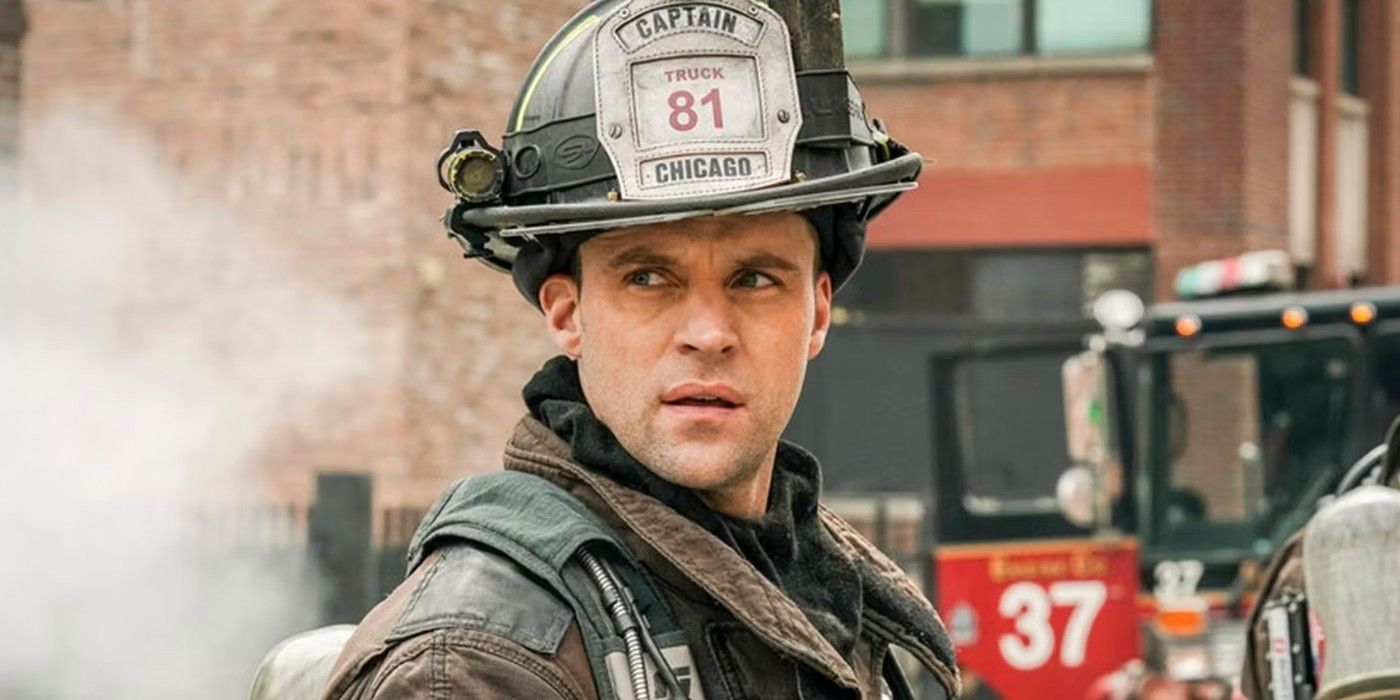
From the pilot episode of Chicago Fire, Matthew Casey functioned as the moral and emotional keystone of Firehouse 51. He was calm under pressure, principled in conflict, and the rare leader who could earn trust without demanding it. When he left for Oregon in Season 10 to care for the Darden boys, the storyline felt organic, yet the shockwaves inside the narrative have never fully settled.
A Vacuum of Leadership
Casey was Captain as much by temperament as by rank. The show immediately promoted Kidd and later Severide into broader leadership roles, yet Casey’s absence created subtle fractures. Boden began delegating in new ways; he now double‑checks strategies that Casey would have executed instinctively. Herrmann carries more emotional weight in the bunk room, and the ordinarily lighthearted Gallo hesitates before making frontline calls. The writers use silence, lingering camera shots, and slower pacing to remind viewers that someone crucial is missing even when action scenes roar.
Brett’s Emotional Drift
For Sylvie Brett the departure sparked a storyline of conflicted commitment. She focuses on paramedicine initiatives and becomes a stronger voice for EMS funding, yet her personal scenes show small tells: half smiles, unread text drafts, glances at shared photos tucked into her locker. Her growth is genuine, but the performance from Kara Killmer carries an undercurrent of unfinished conversation. It mirrors the real phenomenon of long‑distance relationships in public service careers, grounding the melodrama in recognizable human choices.

The Audience as Silent Character
Viewer forums and social media threads still analyze every cameo or rumor of Jesse Spencer’s return. The showrunners reward that investment with brief guest spots, yet each reappearance feels deliberately insufficient. It is narrative friction, a reminder that real firehouse families rarely achieve neat closure. Fans feel that tension and keep talking, which in turn sustains ratings momentum. In effect the audience has become a character, pressuring the writers the same way reporters hound Boden during political crises.
Legacy in Daily Rituals
Chicago Fire has always treated memory as action. Casey’s helmet remains on a shelf during certain scenes; his signature clipboard system still guides morning truck checks. New members learn the routine without fully understanding its origin, and that generational transmission evokes real Chicago Fire Department culture. When characters cite his safety protocols, it signals that Casey’s influence is not nostalgia but procedure.
The Road Ahead
Rumors of a full‑season return circulate each hiatus. Yet there is narrative merit in restraint. If Casey never relocates permanently, Firehouse 51 will continue evolving, and that open space allows secondary players like Ritter and Carver to shoulder arcs once impossible under Casey’s shadow. Conversely a triumphant return could explore veteran reintegration, an area the franchise treats with nuance in its police and medical sister shows. Either path honors the truth that goodbyes in public safety are rarely final, but always transformative.
